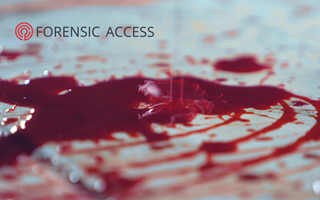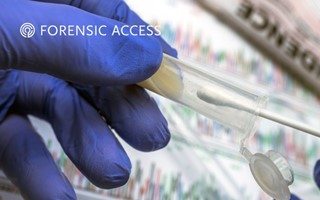News July 17, 2020 3m
We regularly assist Solicitors with a variety of Forensic Pathology services including neuropathology, paediatric pathology, post mortems (PM) and second post mortem reviews.
Requests for 2nd PMs from criminal defence lawyers have implications for the Coroner who must consider the needs of the family balanced with the requirements of the investigation. These needs of the family are of a critical concern of a coroner who is under obligation to avoid unnecessary delay and thus further trauma to the family of the deceased, an obligation which has been stressed under recent new guidelines from the chief coroner (23rd September 2019).
Under the same guidance notes, the initial post mortem is advised to use imaging techniques (such as CT, MRI and standard high resolution photography) to ensure that if a second post-mortem is to be conducted, a review of the desktop evidence can be just as effective as a full physical examination. As Pathologists can often provide comment and opinion from a ‘Post Mortem Desktop Review’, the efficient release of the body to the bereaved family shouldn’t cause too much concern for Criminal Defence teams, and thus the criminal justice system.
A review of imaging and photographs provides the material needed for the pathologist to be able to review the evidence without the need for further examination or dissection of the body - with the following provisos:
- The post mortem examination has been carried out by a competent forensic pathologist who would be expected to have identified and recorded the relevant findings.
- Those findings have been recorded using high quality, scaled photography.
This would remove the need for a further examination of the deceased and therefore present potential delays in release of the body to the bereaved.
Since this approach was outlined in the Guidance from the Chief Coroner (September 2019) we’ve seen an increase at Forensic Access in the amount of second post mortems utilising this desktop method versus the traditional physical examination. A pathologist is more readily able to carry out a desktop review with less scrutiny, yet they can state any differences in interpretation of the results just as easily.
Criminal defence teams should consider asking their forensic pathologist whether a full second post-mortem is necessary under the circumstances of the case. If their opinion is that the initial examination was to an adequate standard and covered all areas, then counsel should feel confident in requesting a desktop review to answer any further questions whilst providing a different opinion or interpretation. In fact, it is often this difference in interpretation on which the defence bases its case. Most forensic pathologists (in light of the new guidance notes) are more eager to help with conducting a desktop review than they are in securing a second examination.
Lastly and perhaps most crucially for the time-starved solicitor; there is less to-and-froing with the coroner and the mortuary to organise a second post-mortem examination. The materials required by the forensic pathologist can be requested via the usual CPS route.
To find out more about the forensic services we offer, fill-in our online contact form or Tel: 01235 774870 to speak with our team.


